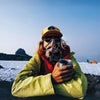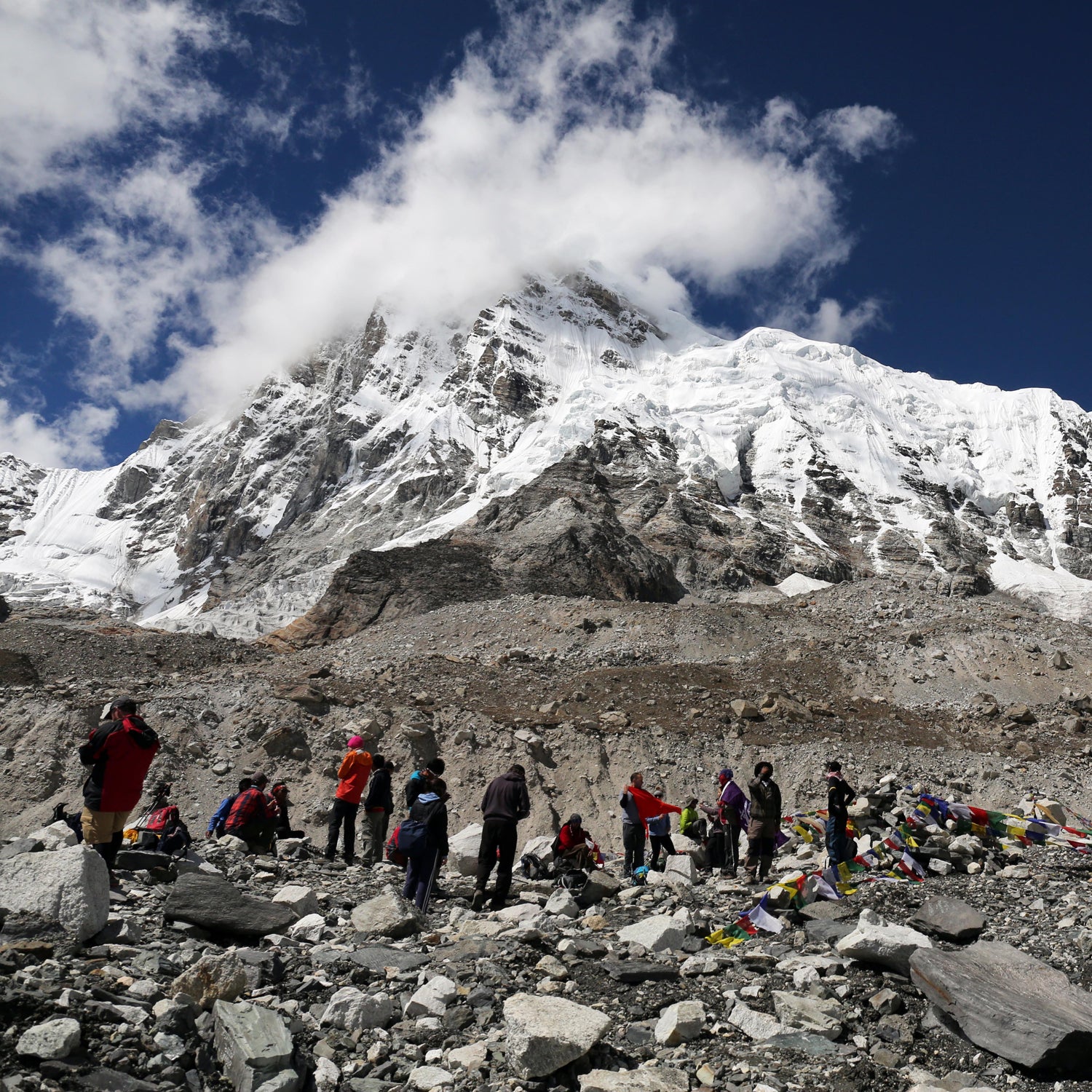On Monday, the Nepali government announced a major step in keeping Everest safer: it will consider placing restrictions on age, experience, and ability on those who can climb the world’s highest peak. “We want to make the mountains safer for everyone, so we have to insist on some rules,” tourism department chief Govinda Karki told the AFP.
Currently there are no restrictions in place and any climber who can pay the $11,000 permit fee is able to purchase one. The proposed measures, which could be in place by the 2016 season, would require a previous 6,500-meter summit by each climber, ban disabled climbers who can’t climb on their own, and forbid those younger than 18 and older than 75. (In 2010, China introduced an age requirement of 16 for summit attempts from the north side.)
Especially young or old climbers have rarely caused any issues—the youngest person to climb was 13-year-old , a teenage girl from India, and the oldest was , an 80-year-old from Japan. Disabled climbers have routinely made successful attempts on the mountain, as well—, a double amputee from New Zealand, successfully summited in 2011. It’s the experience requirement that could make the biggest difference in safety.
“Some local outfitters will be upset, but there’s no reason to be,” says Lakpa Rita. “This is about safety.”
Congestion on the mountain has grown to be a substantial problem. While risk is an inherent part of climbing Everest, the growing number of climbers—particularly inexperienced ones—on the mountain is a concern to many outfitters. In 2012, ten climbers perished on the mountain due to inexperience and congestion—Shriya Shah, for example, ran out of oxygen on her descent from the summit. “In 2012, the deaths were caused by taking non-experienced climbers up Everest,” says , the longtime head Sherpa for Alpine Ascents. “And people lost their lives because of it. They should have done this way earlier.”
The experience requirements are similar to those already used by Western commercial expeditions. The five main commercial guiding companies—Himalayan Experience, �����ԹϺ��� Consultants, Rainier Mountaineering, International Mountain Guides, and Alpine Ascents International—all require prospective climbers to have high altitude climbing experience, and strongly encourage a successful summit of at least one serious peak, like Denali.
“The best thing is prior climbing experience, like summiting Cho Oyu or Manaslu,” says , owner of Madison Mountaineering. He also noted that while the proposed requirement of a 6,500-meter peak may sound difficult, you can “trek to that elevation in sneakers with a porter” in Nepal.
Most of the impact would be felt by Kathmandu-based outfitters, like Asian Trekking and Thamserku Trekking, which charge half as much as Western guides. When clients don’t have the experience to join RMI or Alpine Ascents, they instead take their cash to local operators. If all clients were forced to have a major peak under their belt, it may translate to fewer clients for local businesses. “Some local outfitters will be upset, but there’s no reason to be,” says Rita. “This is about safety.”
Even so, it could be the largest hurdle to the restrictions. Local outfitters constitute a powerful lobby, and the government has been ineffective in making other changes to the industry. “The government is always saying that they’ll pass laws, so we’re pretty used to hearing proposed regulations like this,” says Madison.
If nothing else, the announcement has been a much-needed PR win after a long string of high-profile accidents and mishaps. In 2013, just a year after the 2012 deaths on a crowded mountain, climbing Sherpas and a group of European climbers came to blows as both groups tried to set lines up the mountains. In 2014, 16 Nepalese climbers were killed in an avalanche in the Khumbu Icefall. And in 2015, 19 people were killed when the 7.8 magnitude Nepal earthquake caused an avalanche at Base Camp.
As a result, the government is desperate to convince climbers around the world that the mountain is safe and open for business. This August, the Nepal Ministry of Culture, Tourism, and Civil Aviation held a press conference to issue a single climbing permit to Japanese mountaineer , the only climber making an attempt on Everest in the fall season. He turned back on his initial summit attempt earlier this week in deep snow, deciding he was moving too slowly to be safe—which is exactly the kind of decision that only an experienced climber is capable of making.


